A. Cash Book B. Statement C. Journal D. None of These
The terms outstanding expenses and accrued expenses are two accounting terms which are often used interchangeably. However, these two terms are not the same and have different meanings. The difference between these two terms is given below: What are Outstanding expenses? As the name suggests, outstaRead more
The terms outstanding expenses and accrued expenses are two accounting terms which are often used interchangeably. However, these two terms are not the same and have different meanings. The difference between these two terms is given below:
What are Outstanding expenses?
As the name suggests, outstanding expenses are the expenses that are due but have not been paid yet. It means that the business is supposed to pay the amount due but it has not paid the same at the end of the accounting period.
Outstanding expenses are recognized as a current liability because the business is liable to pay such expenses. These expenses are recorded in the books of accounts but the payment is still pending.
Some examples of outstanding expenses are:
- The electricity bill is due for the month of January but has not yet been paid on 31st January.
- Salaries of employees of 50,000 is due for the month of March but have not been paid yet by the business.
What are Accrued expenses?
Accrued expenses are the expenses that a business has incurred during the accounting period but they have not yet been recorded in the books of accounts because the bill has not yet been received or the payment is not due yet.
The concept of Accrued expenses helps in complying with the accrual basis of accounting which says that the expense shall be recognised at the time it occurs regardless of the fact that payment is received or not.
Examples of accrued expenses are:
- The electricity bill for December is received in the month of January. However, it shall be recognised as an expense in the month of December.
- The salaries of the employees for the month of April are paid in May. However, this expense shall be recognized in April.
Key differences between outstanding expenses and accrued expenses
To summarise the above discussion, the key differences between outstanding expenses and accrued expenses are given in the table below:
See less

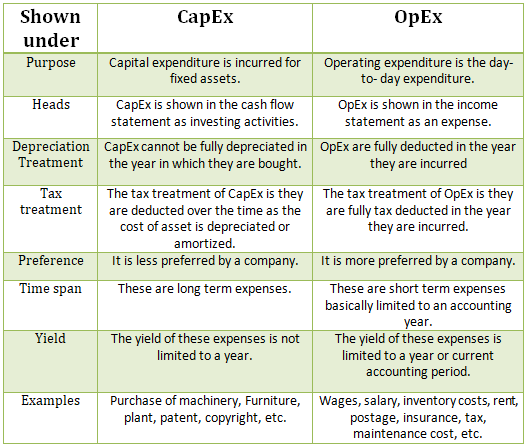
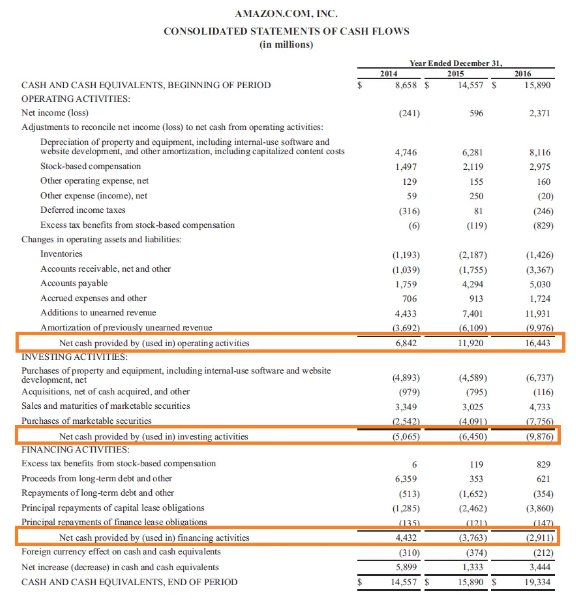
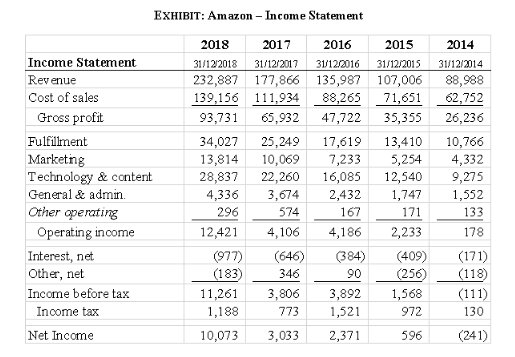
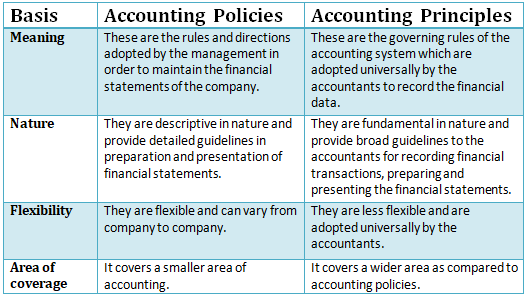
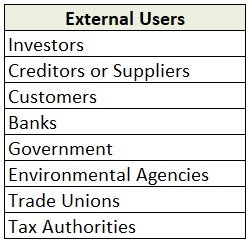
The correct option is A) Cash book let's understand what is petty cash book: A petty cash book is a cash book maintained to record petty expenses. Petty expenses, mean small or minute expenses for which the payment is made in coins or a few notes or which are smaller denominations like tea or coffeeRead more
The correct option is A) Cash book
let’s understand what is petty cash book:
Generally, the petty cashbook is prepared as per the Imprest system. As per the Imprest system, the petty expenses for a period (month or week) are estimated and a fixed amount is given to the petty cashier to spend for that period.
At the end of the period, the petty cashier sends the details to the chief cashier and he is reimbursed the amount spent. In this way, the debit balance of the petty cashbook always remains the same.
The petty cash book has two columns in which
Balance of Petty cash book
The balance of petty cash book is never closed and their balances are carried forward to the next accounting period which is considered one of the most significant qualities of an asset whereas Income doesn’t have any opening balance and their balances get closed at the end of every accounting year.
A petty cash book is placed under the head current asset in the balance sheet. The Closing Balance of the petty cash book is computed by deducting Total expenditure from the Total cash receipt (as received from the head cashier).
Format for petty cash book
Only small denominations are recorded in the petty cash book. It varies with the type, quantity, and need of a business. It involves cash and checks.
Conclusion
A simple petty cash book is a type of cash book because it records the small expenses which involve small transactions in the ordinary daily business.
A petty cash book is not as important as an income statement, balance sheet, or trail balance it doesn’t measure the accuracy of accounts so it is not treated as a statement.
No journal entries are made in the books of accounts while spending or purchasing using a petty cash book so, it is not treated as a journal.
See less